Home>Ideas and Tips>The Legend Of Leak-Proof Bathrooms
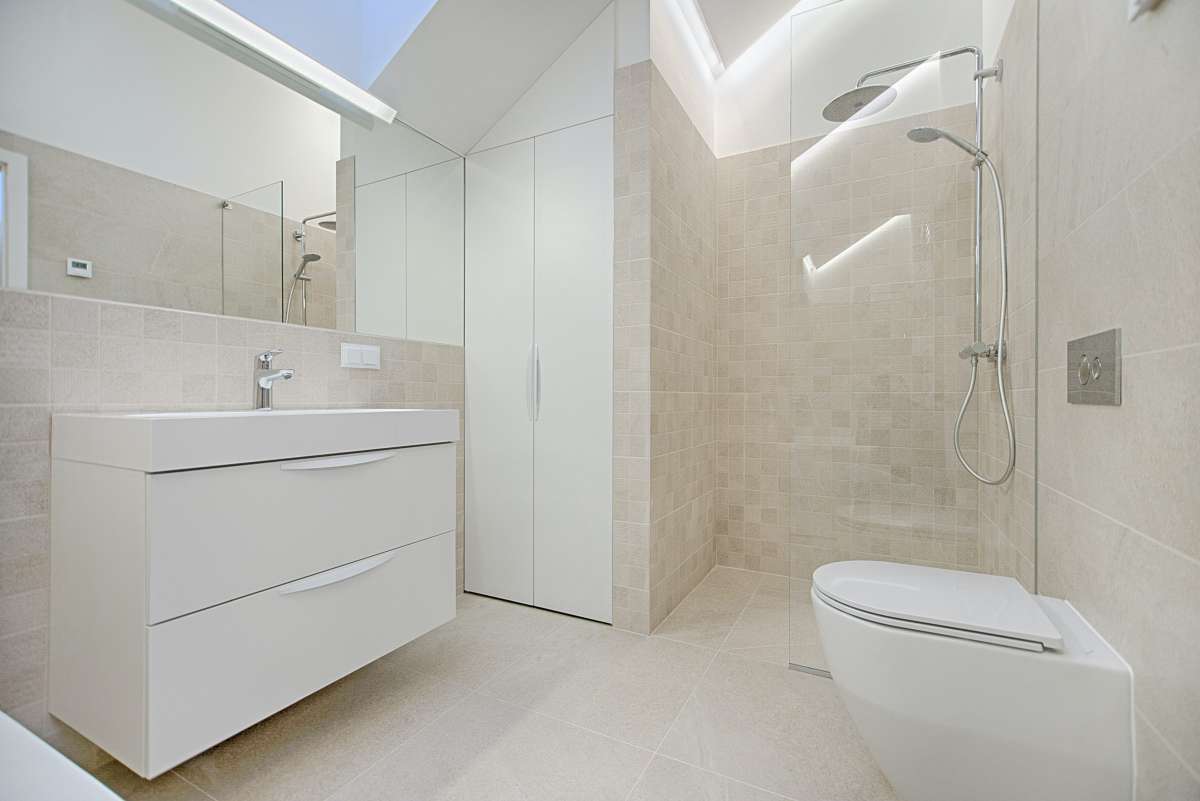

Ideas and Tips
The Legend Of Leak-Proof Bathrooms
Modified: October 20, 2024
Discover the secrets to a leak-proof bathroom. Learn myths, best practices, and advanced technologies for a watertight, mold-free space.
(Many of the links in this article redirect to a specific reviewed product. Your purchase of these products through affiliate links helps to generate commission for Storables.com, at no extra cost. Learn more)
In the realm of home improvement, few topics are as crucial and often misunderstood as the quest for a leak-proof bathroom. Whether you're a seasoned homeowner or embarking on your first renovation project, ensuring your bathroom remains watertight is paramount. Water leaks can lead to costly repairs, mold growth, and even structural damage. In this comprehensive guide, we'll delve into the myths surrounding bathroom waterproofing, explore the best practices for achieving a leak-proof bathroom, and discuss the latest technologies and materials designed to keep your bathroom safe and dry.
Debunking Common Myths
Before diving into the practical aspects of bathroom waterproofing, let's address some common misconceptions that often lead to leaks and water damage.
Myth 1: Tiles, Tile Adhesive, and Tile Grout Make the Shower Enclosure Waterproof
One of the most pervasive myths is that tiles, tile adhesive, and tile grout are enough to make a shower enclosure waterproof. However, this is not entirely true. While these materials are water-resistant, they do not prevent water from passing through them. The key to success lies in ensuring the substrate beneath the tiles is waterproof before installation.
Myth 2: "Green" Plasterboard is Suitable for Tiling in Bathrooms
Another misconception is that "green" plasterboard is suitable for tiling in bathrooms. This type of plasterboard is often described as moisture-resistant but does not meet the standards required for bathroom tiling. It will not stop water from passing through and can deform when exposed to prolonged moisture. Additionally, the paper face cannot handle the weight of average natural stone tiles, making it an unsuitable choice for bathroom renovations.
Myth 3: Plywood is a Suitable Substrate
Plywood is commonly used in bathroom renovations for its structural strength and ease of use. However, it is not a suitable substrate for tiling. When wet, plywood swells, which can cause color leaching into the grout and tiles. This can lead to unsightly stains and potentially compromise the integrity of the tiling system.
Understanding Waterproofing
To achieve a truly leak-proof bathroom, it's essential to understand the concept of waterproofing. Waterproofing involves creating a continuous layer of moisture protection that prevents water from penetrating the substrate and reaching the structural elements of your home.
Why is Waterproofing Important?
Waterproofing is crucial for several reasons:
-
Lifespan of Your Bathroom: Using better construction products and methods means you'll have a new bathroom that lasts much longer. Investing in high-quality waterproofing materials ensures that your bathroom remains functional and safe for years to come.
-
Mold Prevention: When water continually or repeatedly gets into places where it doesn't belong, like under the finished floor behind the tiles or under the lip of your drop-in sink, you'll get mold. Mold growth can lead to serious health issues and further damage to your home's structure.
-
Decay and Rot: Excess moisture and mold will cause decay and rot in your home. This can extend beyond just mildew on caulking; it can rot right into wall studs and floor joists, compromising the integrity of your home's foundation.
Best Practices for Bathroom Waterproofing
Achieving a watertight bathroom involves several steps:
-
Choose the Right Substrate:
- The substrate is the base material beneath your tiles. It must be waterproof to prevent water from seeping through. Schluter Systems are highly recommended for their comprehensive moisture protection solutions. These systems include products like Schluter KERDI-BAND, Schluter Kerdi-Fix, and Schluter KERDI-BOARD, which ensure a watertight seal between tiles and windows.
-
Install Membrane Cloth:
- Membrane cloth is a crucial component in any waterproofing system. It prevents water from penetrating the substrate by creating an impermeable barrier. This cloth should be applied to the floor before installing tiles, ensuring that all water drains directly into the drain system.
-
Use Proper Tiling Techniques:
- Proper tiling techniques are essential for maintaining a watertight seal. Ensure that all horizontal joints are sealed using mesh tape compatible with thinset. This prevents water from seeping through gaps between tiles.
-
Create a Slope Behind Tiles:
- A slope behind tiles ensures that water drains efficiently towards the drain system rather than accumulating on the surface. This slope should be built into the design from the outset to prevent future leaks.
-
Regular Maintenance:
- Regular maintenance is vital for maintaining a leak-proof bathroom. Check for any signs of water damage or leaks regularly and address them promptly. Calibrate your toilets regularly to prevent efficiency loss over time, which can lead to increased water usage and potential leaks.
Advanced Technologies for Bathroom Waterproofing
In recent years, advanced technologies have emerged to enhance bathroom waterproofing:
-
Quick Drain Shower Systems:
- Quick drain shower systems are designed to drain water efficiently near walls, reducing the risk of water accumulation and subsequent leaks. These systems often include membrane cloths and specialized drainage solutions that ensure water flows directly into the drain system.
-
Wireless Toilet Monitoring:
- For landlords and property managers, wireless toilet monitoring systems can be a game-changer in detecting leaks early on. These systems allow for around-the-clock monitoring of toilets for leaks, ensuring that potential issues are addressed promptly before they escalate into major problems.
Case Study: Walk-In Tubs
Walk-in tubs have become increasingly popular for their safety features and accessibility benefits. However, some common myths surround these tubs:
-
Myth 1: Water Leaks Through the Door
- One common myth is that water leaks through the door of a walk-in tub. However, modern walk-in tubs are designed with airtight doors that prevent water from escaping onto the floor. The door's easy-to-turn handle creates a watertight seal, ensuring safety and comfort during use.
-
Myth 2: Filling and Draining Takes a Long Time
- Another myth is that filling and draining a walk-in tub takes an excessively long time. However, fast-drain technology ensures efficient filling and draining times, allowing users to spend more time relaxing in their tub rather than waiting for it to fill or drain.
-
Myth 3: You Freeze While Waiting for the Bath to Fill
- Some people believe that waiting for a walk-in tub to fill can be uncomfortable. However, features like heated backrests and multifunction handshowers provide an oasis of serenity and relaxation from start to finish. Ergonomic controls allow users to adjust heat settings for optimal comfort.
-
Myth 4: Walk-In Tubs Are Hard to Clean
- A common misconception is that walk-in tubs require more upkeep than traditional tubs due to their added features. However, cleaning a walk-in tub is simple and stress-free; no fancy cleaning products or extra elbow grease are needed.
-
Myth 5: Walk-In Tubs Aren’t Affordable
- Finally, some people believe that walk-in tubs are not affordable. However, consider these tubs as an investment in your future independence. With safety and comfort features designed to accommodate mobility challenges, walk-in tubs help you remain independent at home while offering affordable financing options and low monthly payment plans.
Read more: How To Stop An Outside Faucet From Leaking
Conclusion
Achieving a leak-proof bathroom involves more than just using waterproof materials; it requires a comprehensive approach that includes choosing the right substrate, installing membrane cloth, using proper tiling techniques, creating a slope behind tiles, and regular maintenance. Advanced technologies like quick drain shower systems and wireless toilet monitoring further enhance this process.
By understanding these best practices and debunking common myths surrounding bathroom waterproofing, homeowners can ensure their bathrooms remain safe and functional for years to come. Whether you're renovating your current bathroom or building a new one from scratch, following these guidelines will help you create an oasis that not only looks beautiful but also functions flawlessly without any leaks or water damage issues.
In conclusion, while achieving a leak-proof bathroom may seem daunting at first glance, it's an achievable goal when approached systematically with the right knowledge and tools at hand. By staying informed about the latest technologies and best practices in bathroom waterproofing, you'll be well-equipped to handle any challenge that comes your way in maintaining your home's integrity and beauty over time.
Was this page helpful?
At Storables.com, we guarantee accurate and reliable information. Our content, validated by Expert Board Contributors, is crafted following stringent Editorial Policies. We're committed to providing you with well-researched, expert-backed insights for all your informational needs.

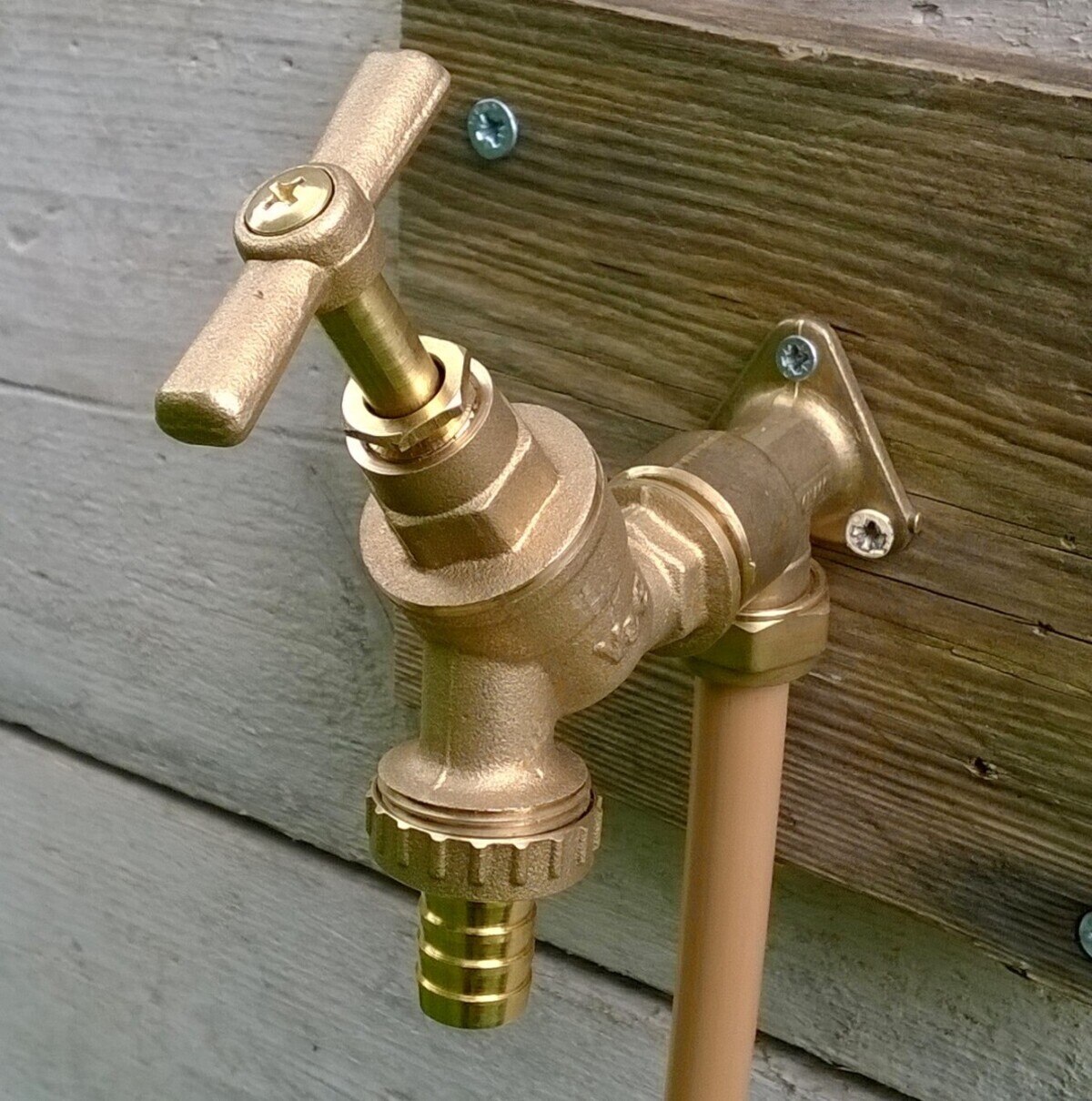
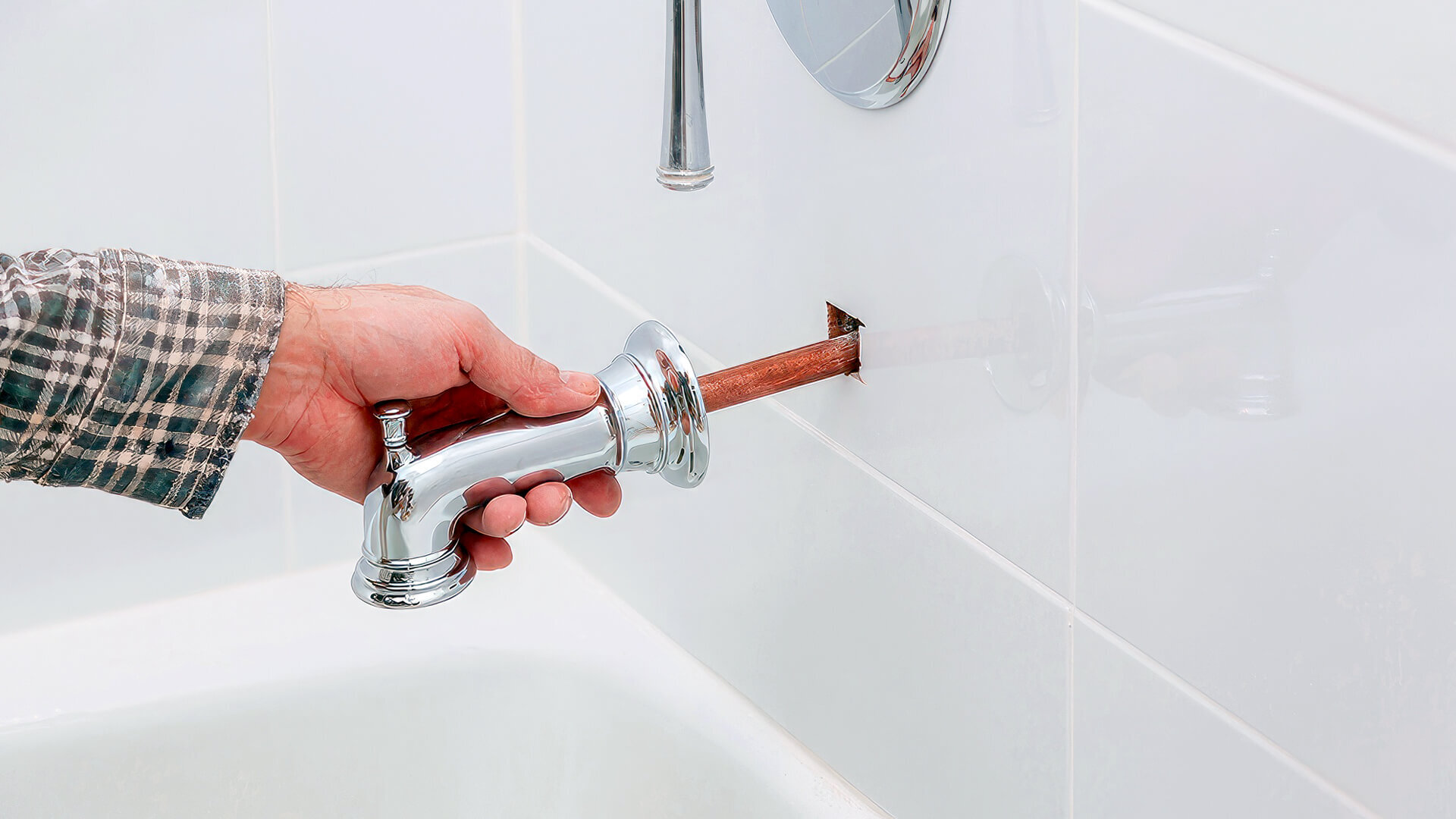
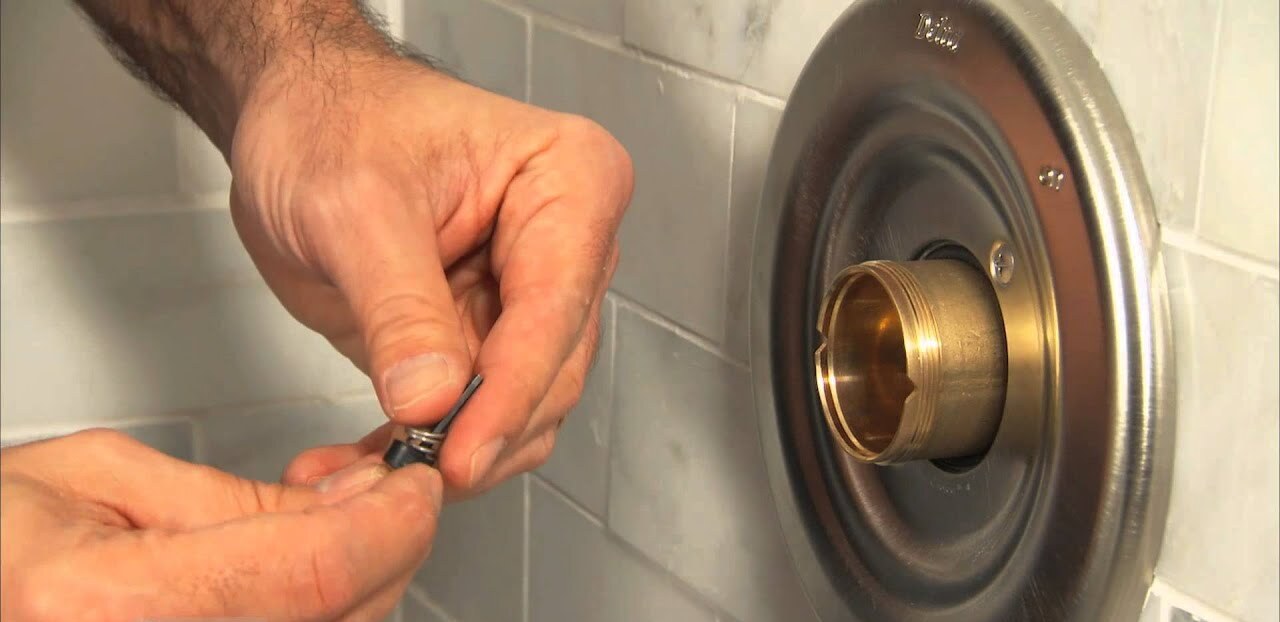
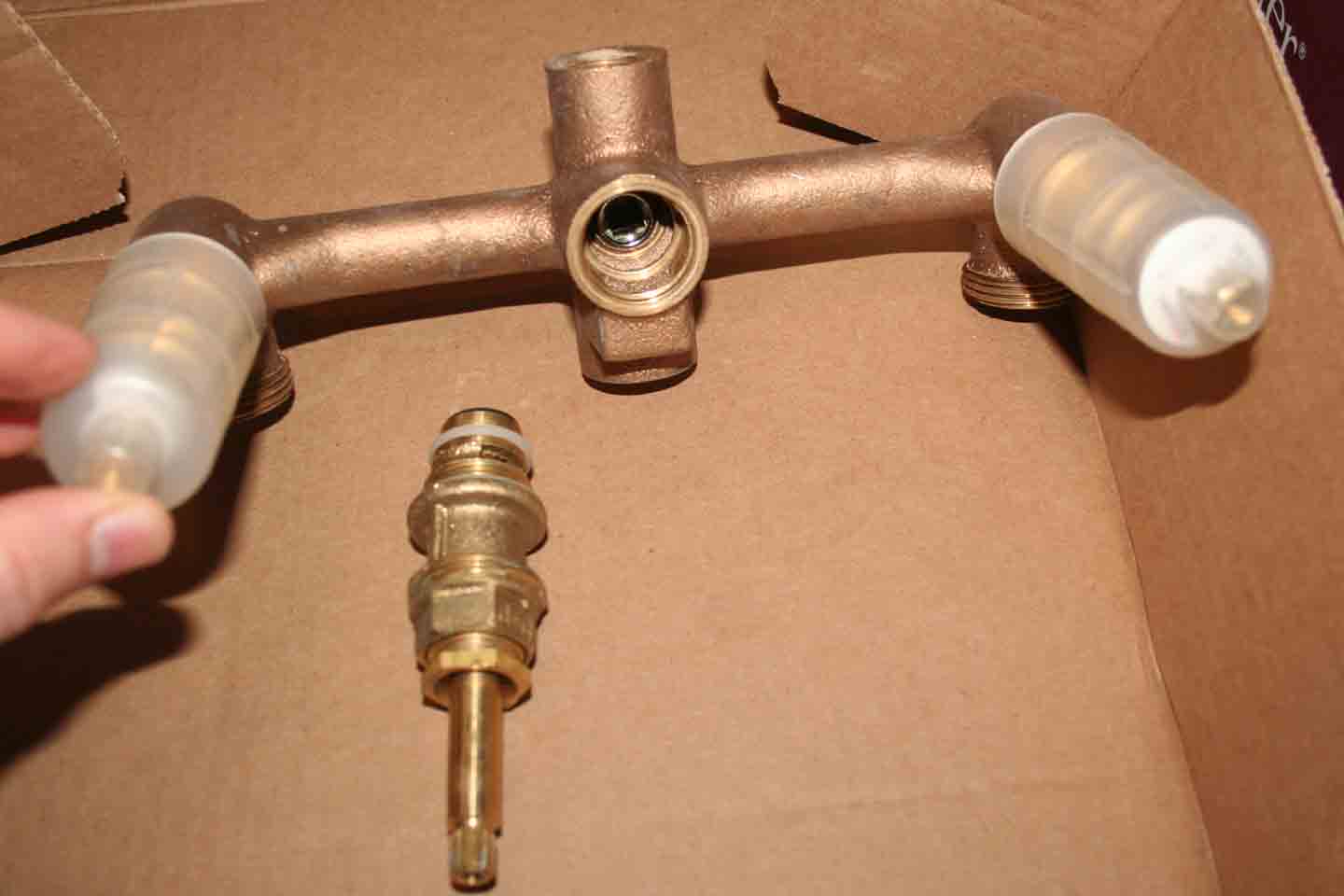
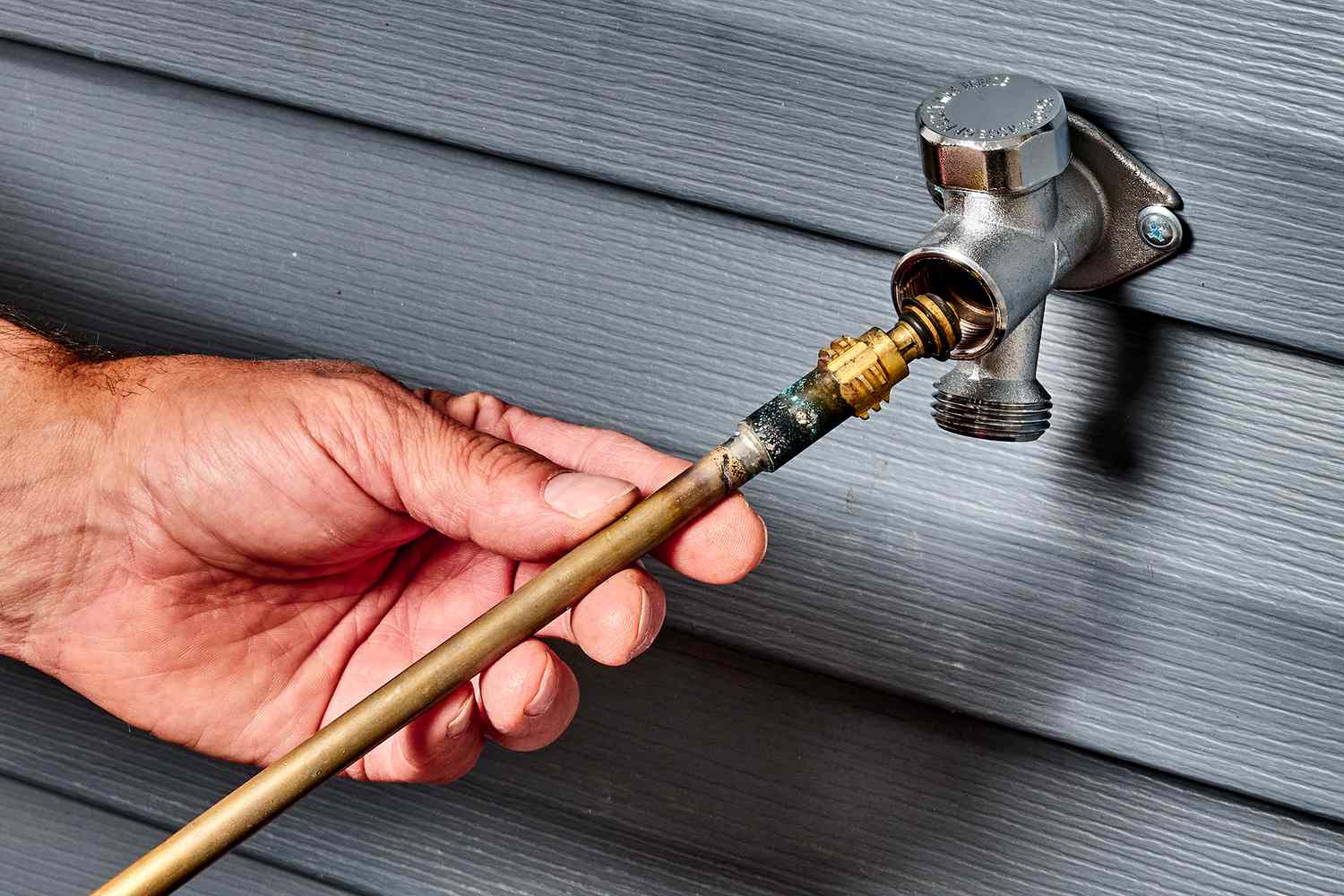
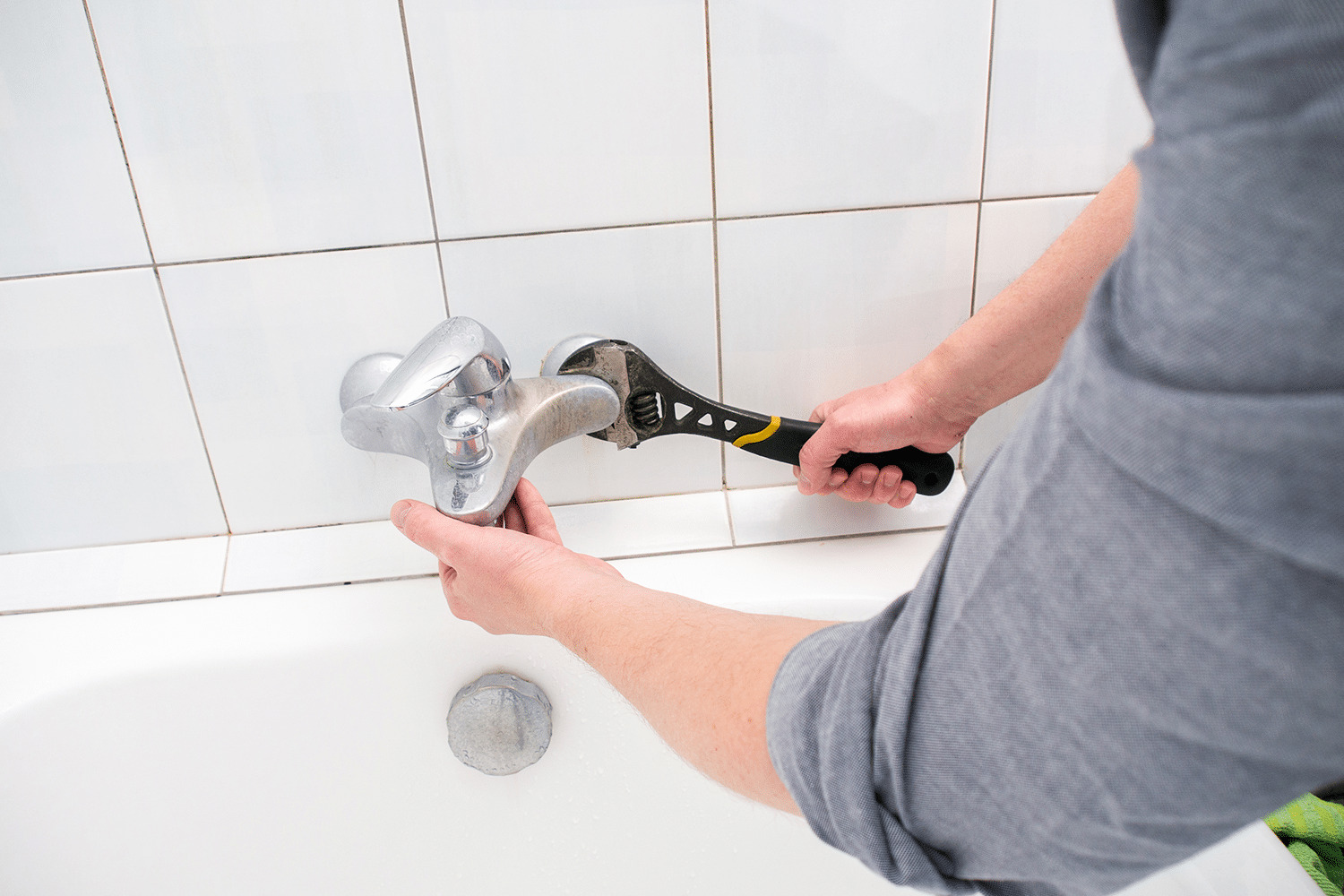
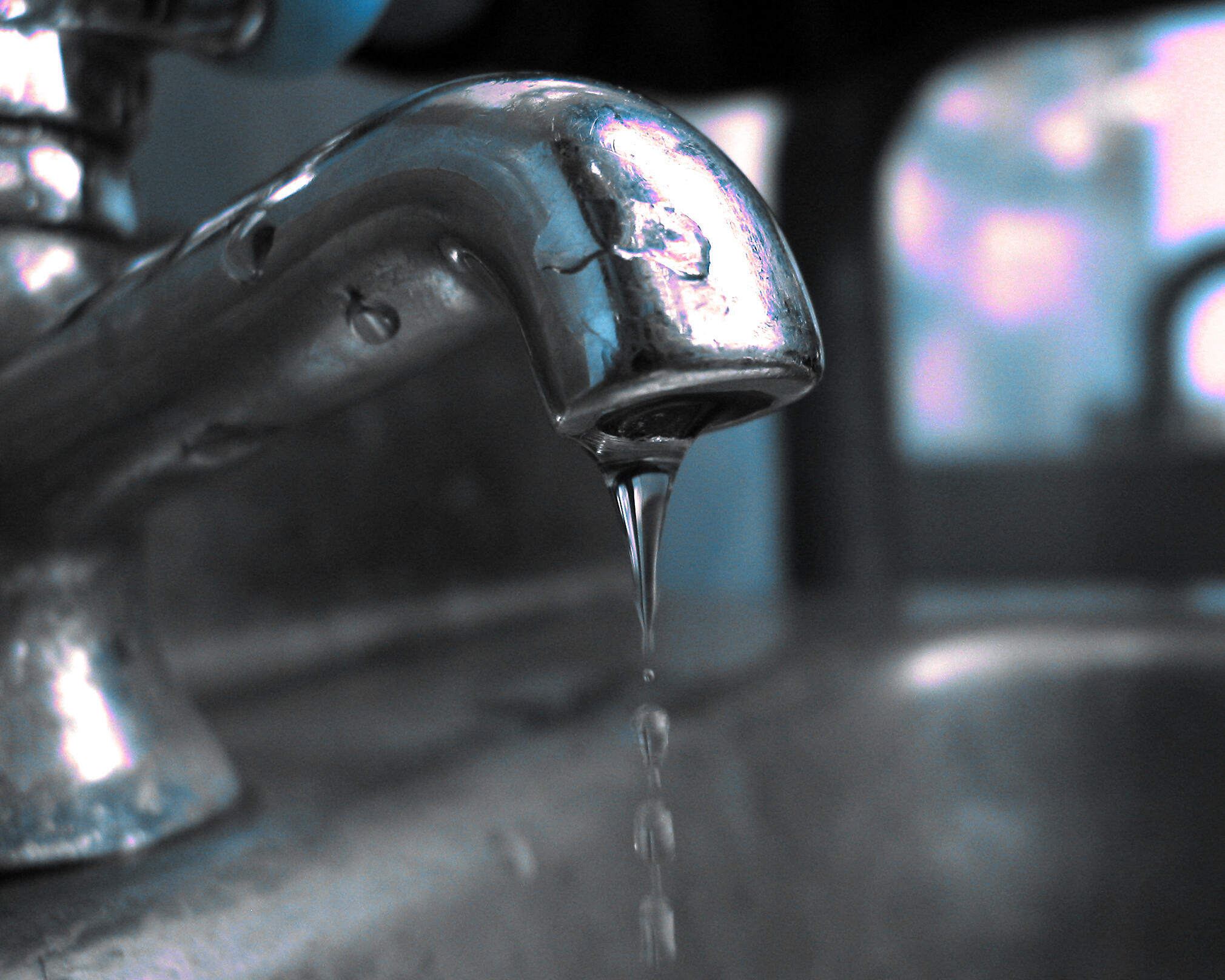
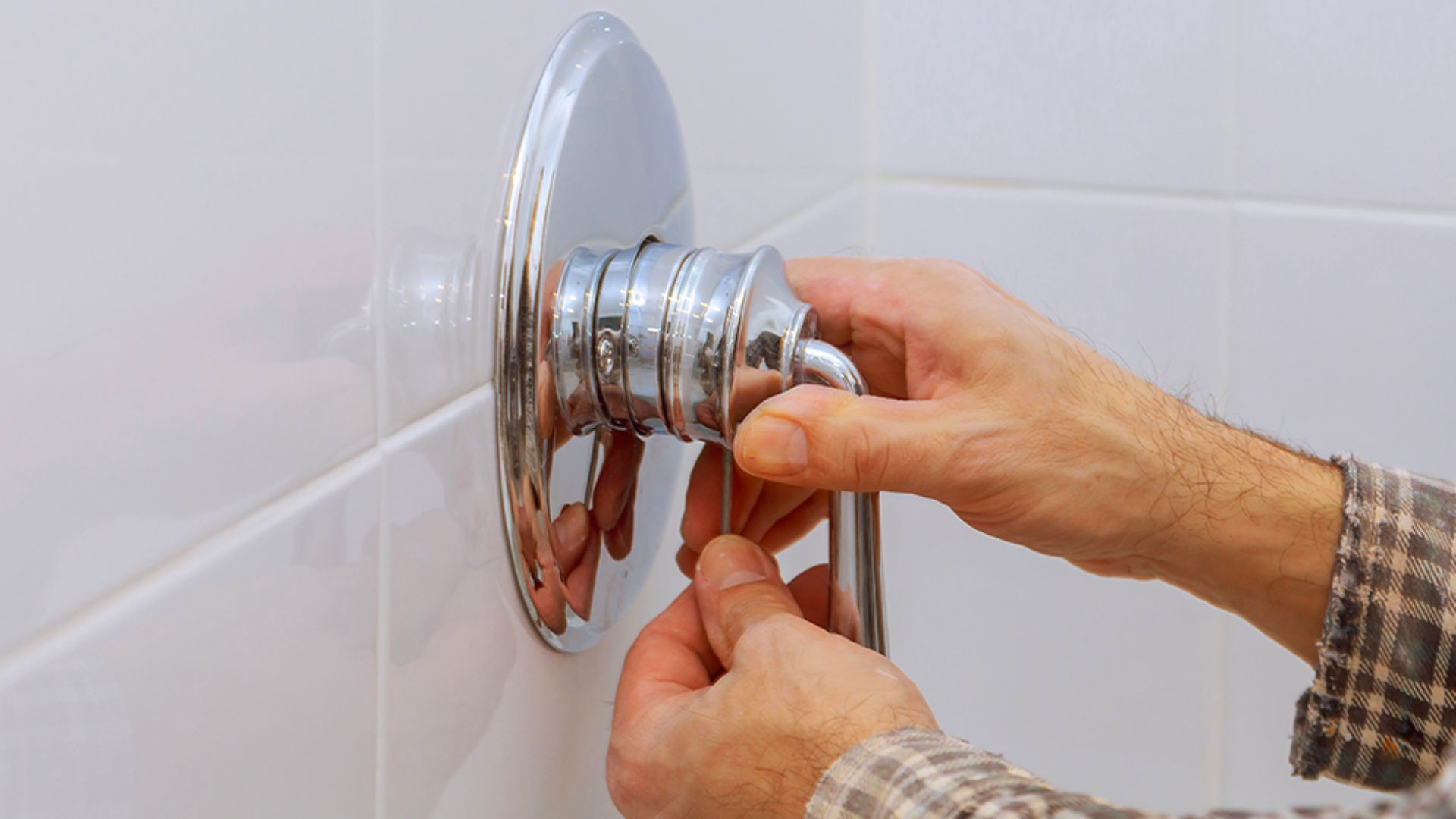
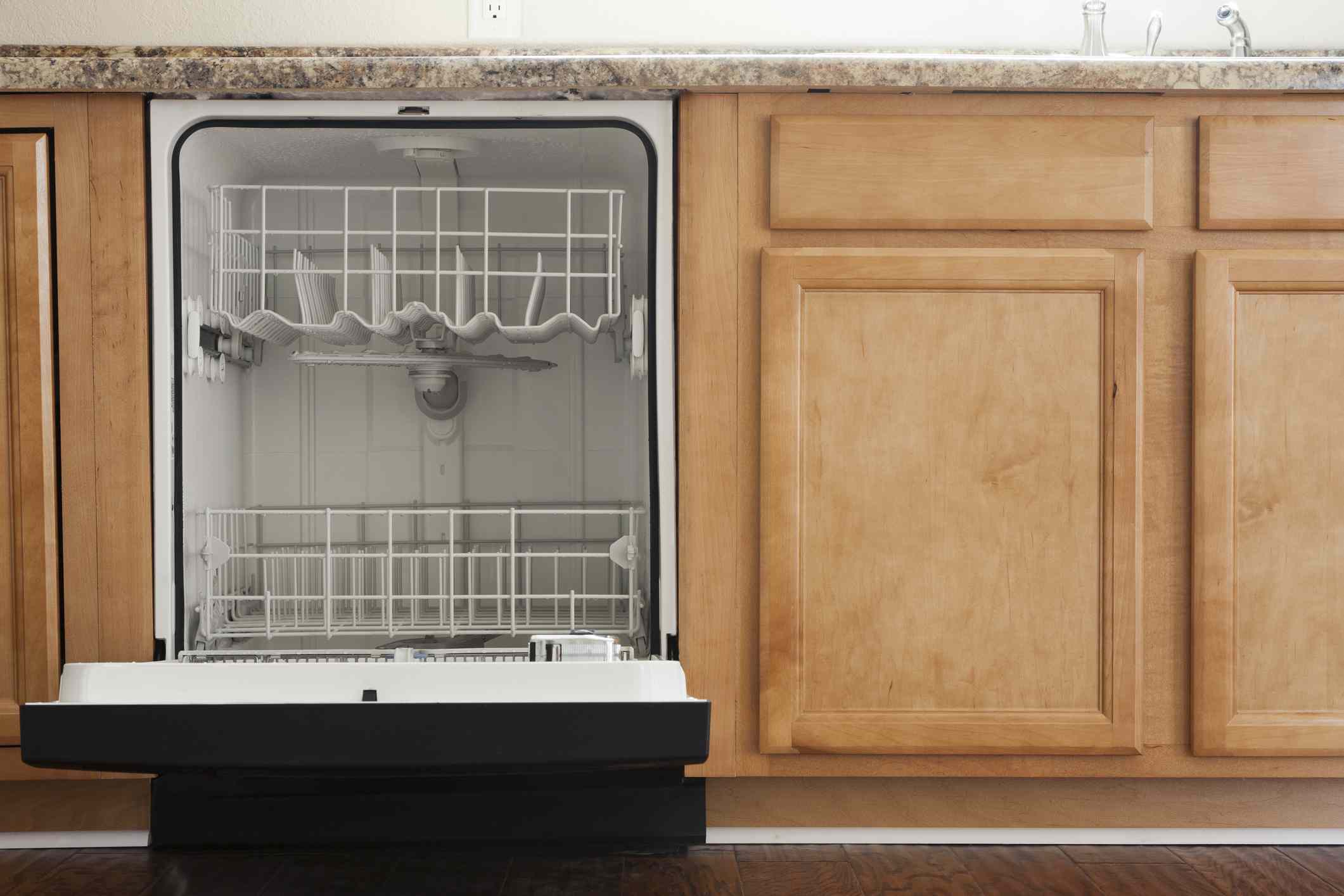

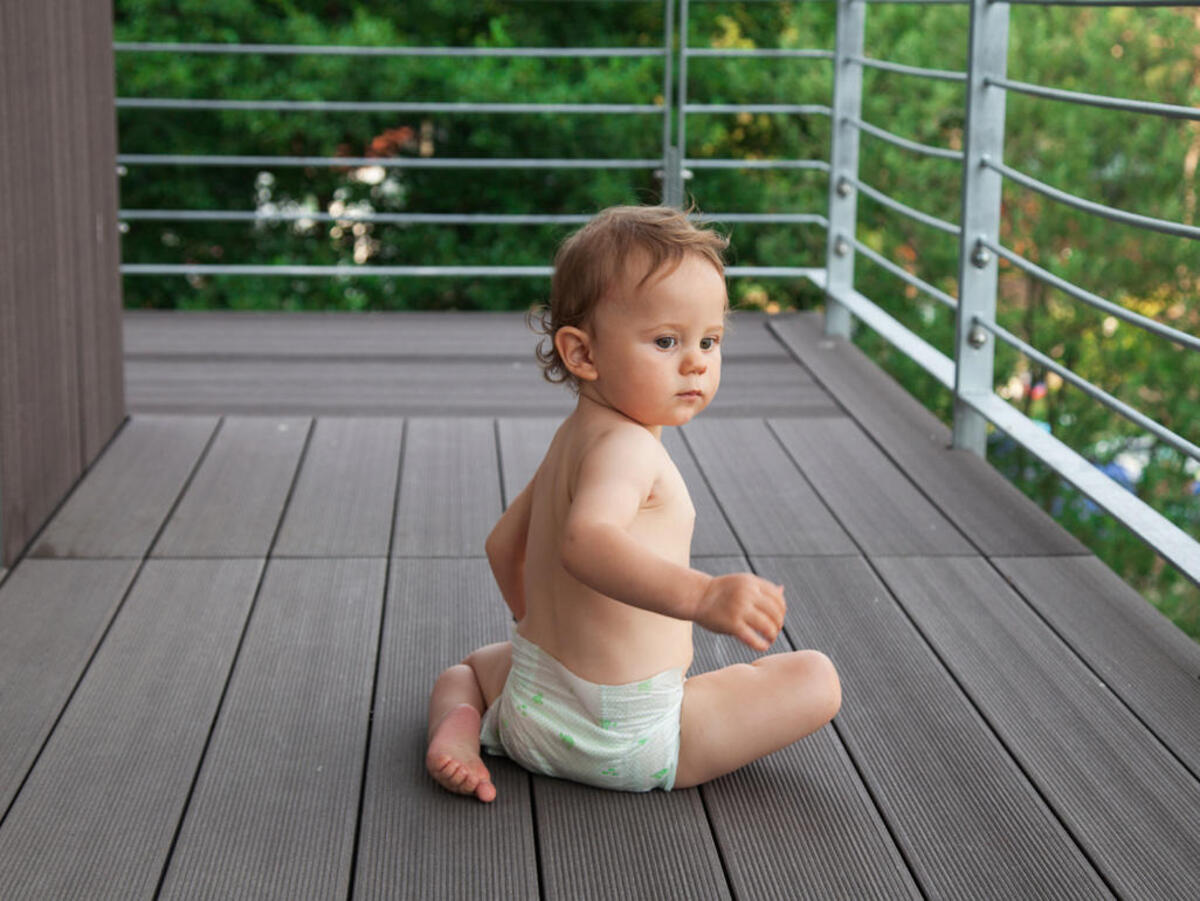
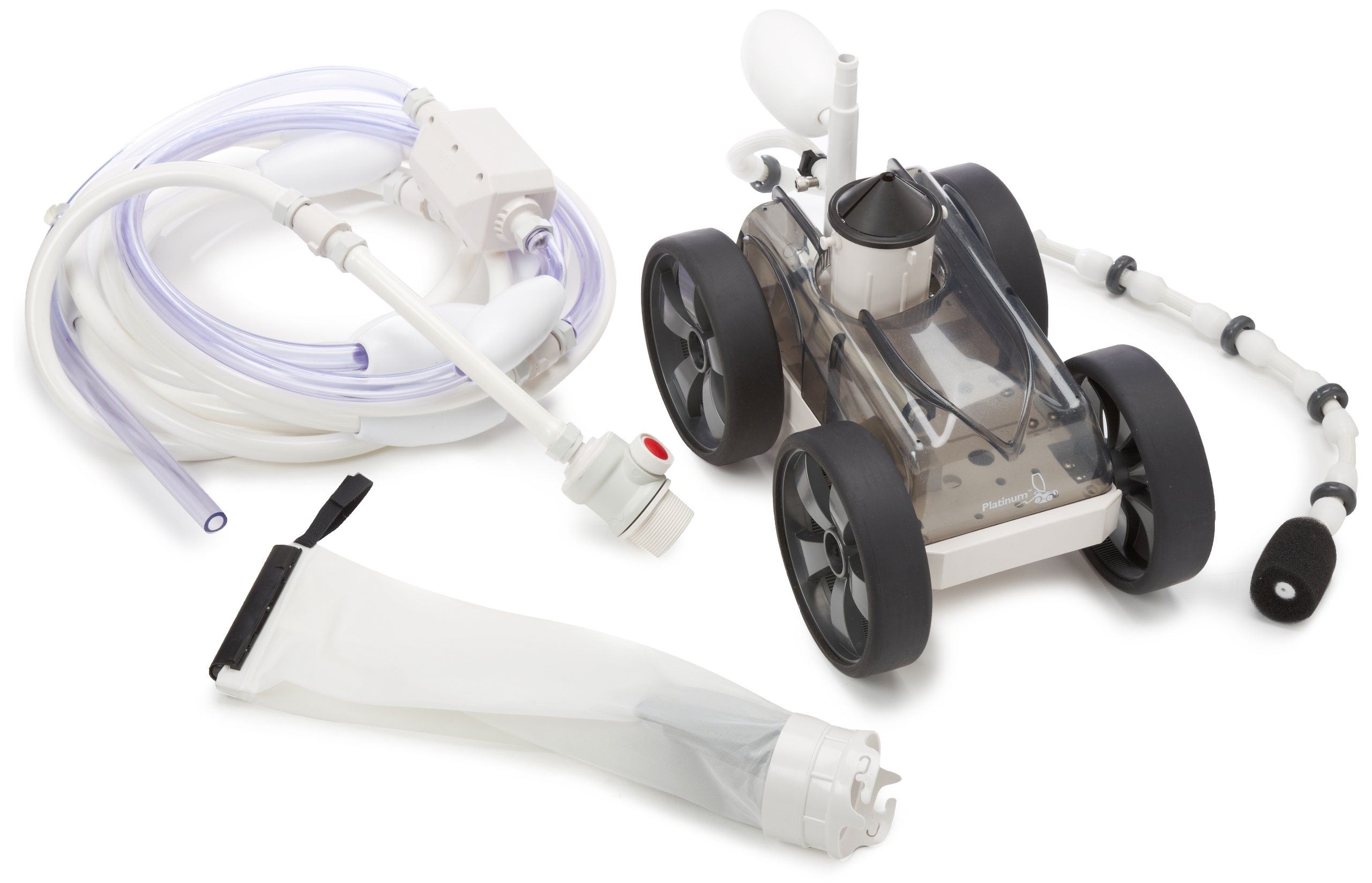
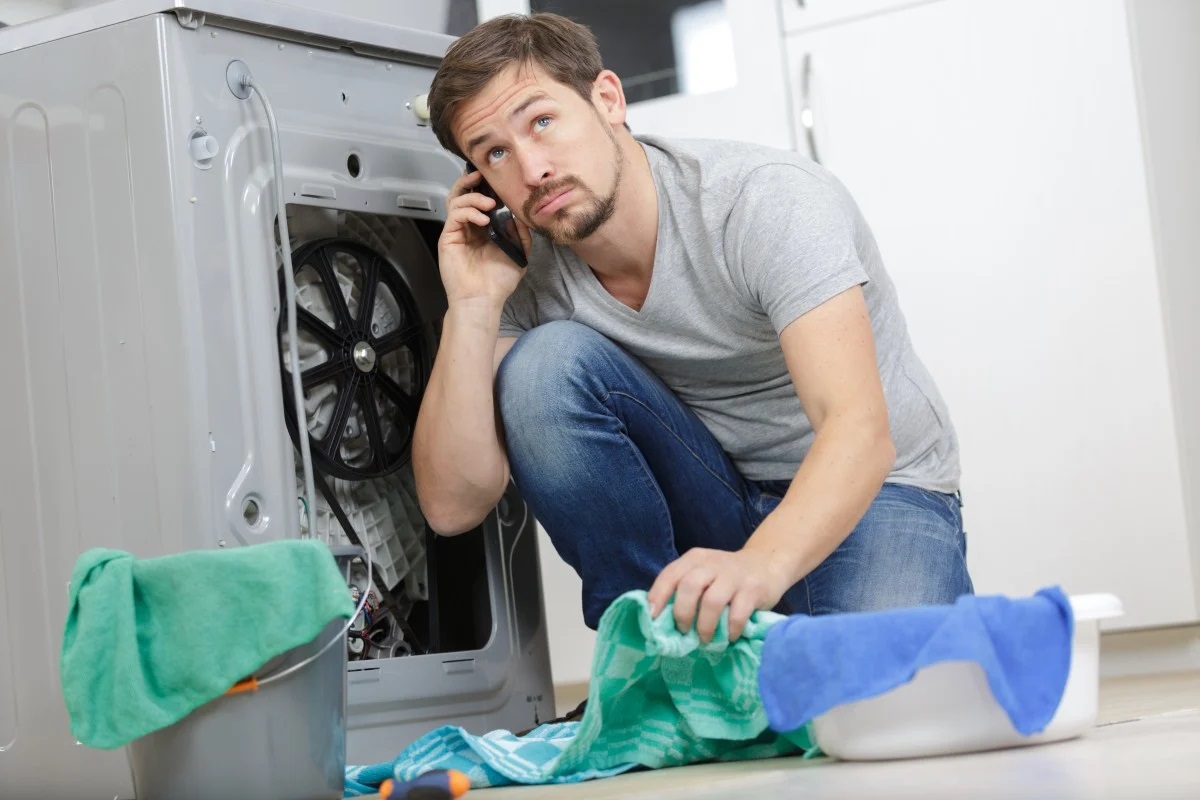

0 thoughts on “The Legend Of Leak-Proof Bathrooms”